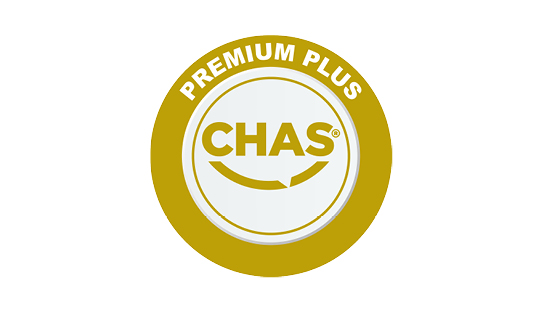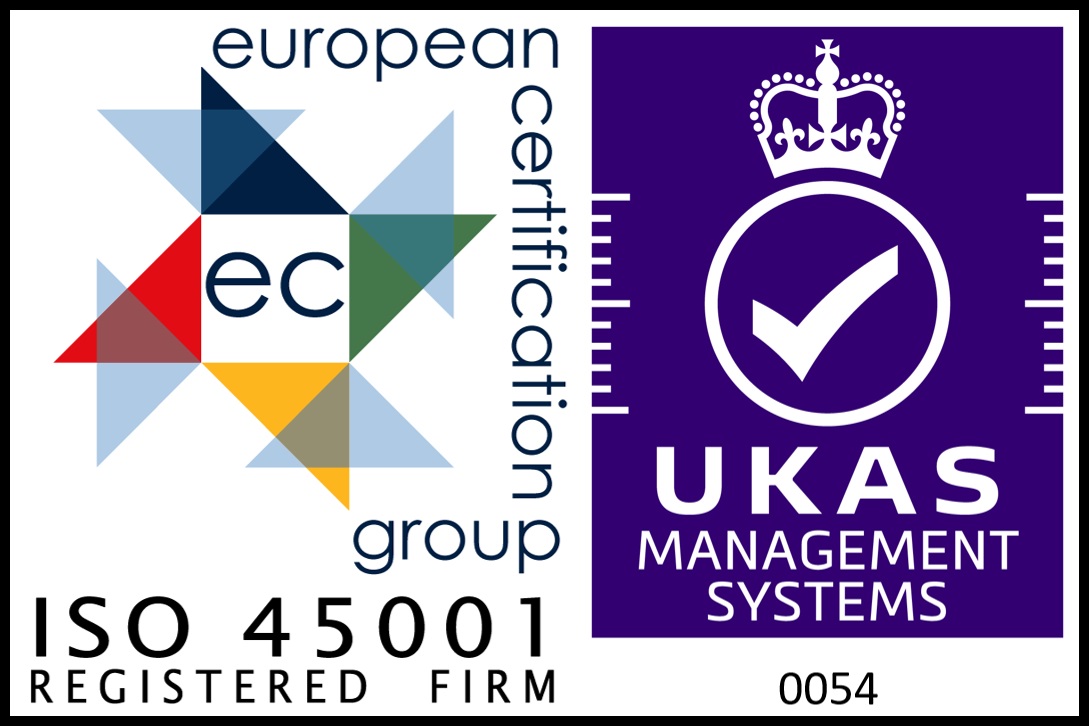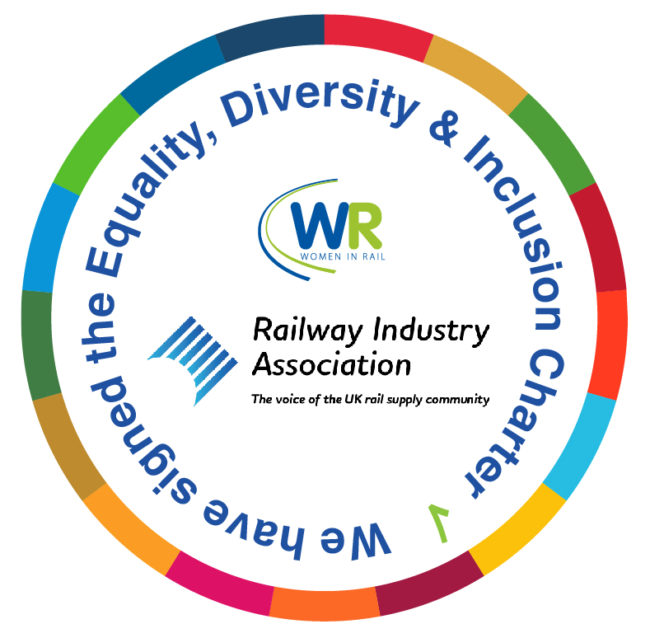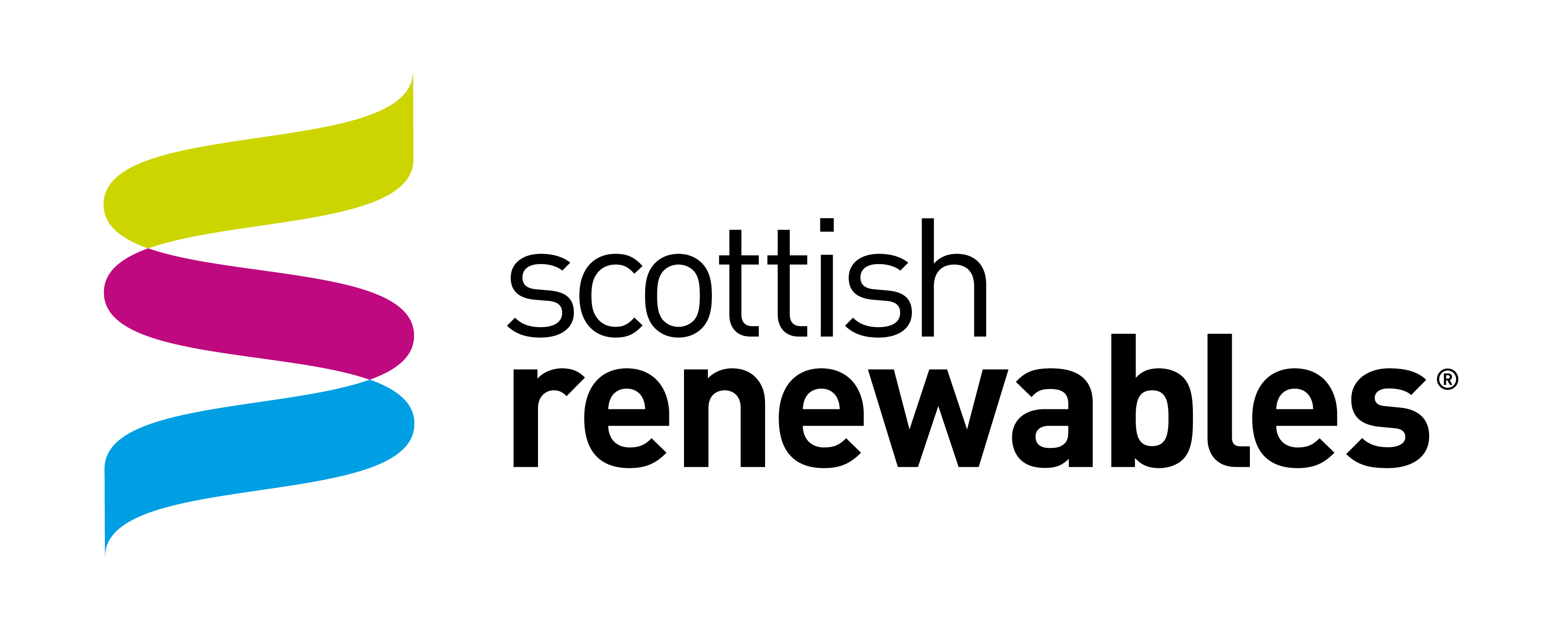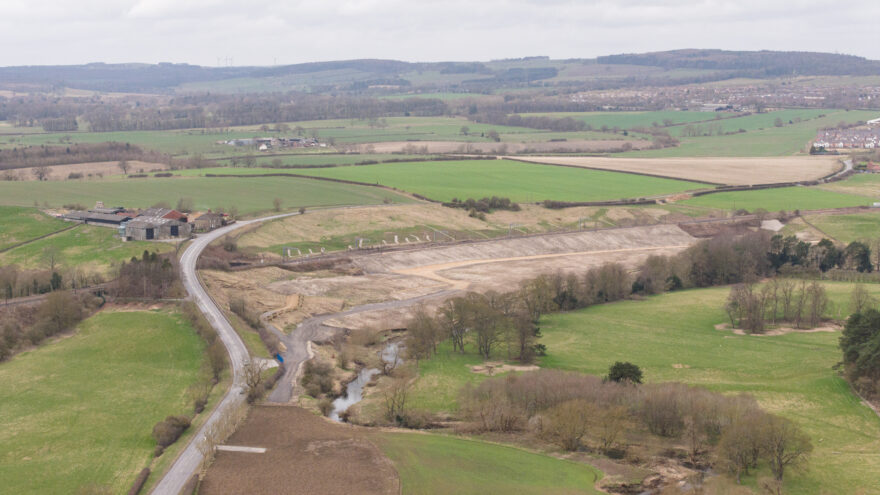
Story Contracting has successfully delivered a landmark infrastructure project on behalf of Network Rail, completing the £33 million stabilisation of the Browney Curve — a key section of the East Coast Main Line near the River Browney in County Durham.
This significant investment has resolved a 200-year-old ground instability issue, securing the long-term safety and reliability of one of the UK’s busiest rail corridors. The scheme was completed three weeks ahead of schedule, with no disruption to passenger or freight services, and sets a new benchmark for sustainable delivery in large-scale railway projects.
Engineering Excellence Without Disruption
The Browney Curve had long presented challenges due to historic landslips and poor ground conditions. To permanently address these risks, over 500 deep concrete piles were installed across a 400m stretch of embankment. These works stabilise the ground beneath the tracks, reducing the need for ongoing maintenance and eliminating the risk of future landslips or associated speed restrictions.
The complexity of the works required meticulous planning and continuous 24/7 operations. Thanks to cutting-edge monitoring systems and coordinated execution, the team was able to deliver the entire programme without impacting rail operations — a major achievement on such a critical and high-traffic route.
Delivering Sustainability at Scale
Sustainability was at the heart of the project. Through innovative approaches to materials, design, and logistics, the team achieved over 10,000 tonnes of carbon savings — the equivalent of the annual emissions of more than 1,500 UK households.
Key environmental achievements included:
- 8,899 tonnes of CO₂ saved by using recycled (non-prime) steel
- 595 tonnes of CO₂ avoided through design efficiencies that eliminated the need for a concrete pile cap
- 614 tonnes of CO₂ cut by sourcing over 100,000 tonnes of stone from local suppliers
- Additional reductions achieved through the use of low-carbon concrete, bulk fuel deliveries, and switching from diesel to mains electricity
These measures reflect a broader commitment to environmentally responsible construction and represent one of the most sustainable geotechnical interventions in the UK rail sector to date.
A Smarter, More Resilient Railway
The stabilisation of Browney Curve has not only secured the physical infrastructure but also enhanced long-term operational performance. By eliminating ground movement and associated track misalignments, Network Rail can expect fewer maintenance interventions and improved service resilience.
Advanced 3D ground modelling enabled engineers to accurately assess complex subsurface conditions, including multiple overlapping landslip systems. Working in partnership with Keller Ltd, an innovative composite piling system was deployed to provide both the strength and flexibility needed to support the railway above.
Strengthening Local Communities
The project also delivered significant social and economic value to the surrounding area. More than £22 million in social value was generated, including:
- £2.2 million invested in local businesses
- Hands-on work experience opportunities for students and early-career professionals
- A Sheffield Hallam University student completed her Year in Industry on-site, and a local videographer gained professional experience in the infrastructure sector
In recognition of its innovation and execution, the scheme has been shortlisted for multiple industry awards and highlighted as a best-practice case study by the Institution of Civil Engineers (ICE).
Tom Grainger, lead portfolio manager for Network Rail, said: “This has been one of the largest geotechnical projects in the country, combining modern sustainable engineering solutions with our rich railway heritage. The East Coast Main Line has been serving communities for almost 200 years, and this work ensures it will continue to do so reliably and safely.”
“What makes this project particularly special is how we’ve used cutting-edge technology to solve a centuries-old challenge of managing land stability around railway infrastructure, while significantly reducing our carbon footprint.”

